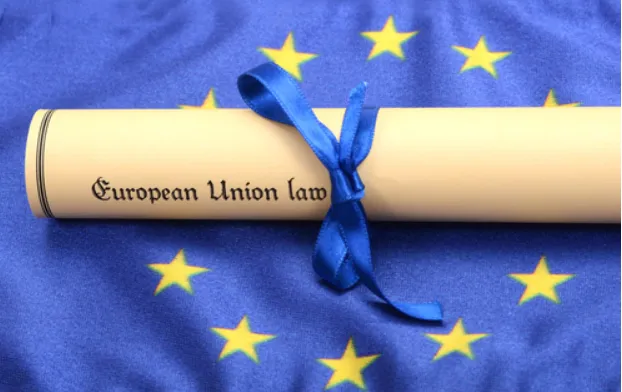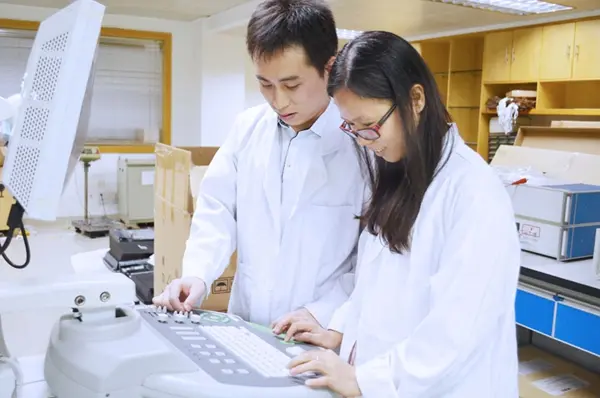
How Much Does CE Certification for Medical Devices Cost?
The European Union, with a popULation of 500 million, is one of the world's major markets for medical devices. According to the EU MDR regulations, as of May 2021, medical device manufacturers must comply with the EU Medical Device Regulation 2017/745 instead of the Medical Device Directive 93/42/EEC to obtain ce marking approval. Therefore, medical devices must be classified according to the MDR.

Costs for CE certification of Medical Devices:
- Class I medical devices:
- Small Notified Body: approximately $4,000
- Large Testing Organization: approximately $9,000
- Class Ia medical devices:
- Small Notified Body: approximately $7,000
- Large Testing Organization: approximately $15,000
- Class II medical devices:
- General Notified Body: approximately $37,000
- Large Notified Body: approximately $80,000
- Class IIa medical devices:
- Generally, institutions are hesitant to undertake this due to the high requirements and risks. Usually, only large Notified Bodies can handle this, and the cost is extremely high.
Procedures and Processes RequiRED for CE Certification of Medical Devices
1. Confirm Export Country:
- If exporting to the European EconoMIC Area (EEA), which includes the EU and the European Free Trade Association (EFTA) countries, CE certification may be required.
2. Confirm Product Category and Relevant EU Product Directive:
- According to the European framework, medical devices are categorized into four classes: I, IIa, IIb, and III, with Class III having the highest risk. Many devices have changed categories due to stricter rules under the new regulatory system.
3. Appoint an "Authorized Representative" in the EU:
- To ensure the implementation of CE marking requirements, manufacturers outside the EEA must designate an Authorized Representative within the EU to ensure the consistency of product safety, maintain technical files for inspection, and take corrective actions for non-compliant products.
4. Confirm the Required Certification Module:
- Manufacturers can choose from various Conformity Assessment Procedures (Modules) provided by the directives. These modules include options like internal production control (self-declaration) or third-party certification. Not all modules are applicable to every product.
5. Choose Between Self-Declaration and Third-Party Certification:
- Products with minimal risk can opt for self-declaration, while higher-risk products must involve a Notified Body. There are over 1,200 EU-recognized Notified Bodies, each authorized for specific product categories and certification modules.
6. Establish and Maintain Technical Files:
- Products bearing the CE mark must have their technical files stored within the EU for inspection. These files need to be updated regularly to reflect any changes.
Steps to Achieve CE Certification
1. Confirm Export Country:
- Ensure if CE certification is needed for the target country within the EEA.
2. Confirm Product Category and EU Product Directive:
- Classify the medical device into one of the four categories (I, IIa, IIb, III). Classify according to the stricter rules under the new MDR system.
3. Appoint an eu authorized representative:
- Essential for non-EEA manufacturers to ensure compliance and safety consistency.
4. Determine the Required Certification Module:
- Choose the appropriate Conformity Assessment Procedures.
5. Decide on Self-Declaration or Third-Party Certification:
- Based on the risk level of the product.
6. Establish and Maintain Technical Files:
- Required for compliance and inspection by supervisory authorities.
By following these steps, manufacturers can ensure that their medical devices meet the necessary requirements to obtain CE certification and enter the European market.
Email:hello@jjrlab.com
Write your message here and send it to us
 What Certifications for Wireless Products Exported
What Certifications for Wireless Products Exported
 Which Lab Provide Brazil ANATEL Certification Serv
Which Lab Provide Brazil ANATEL Certification Serv
 What is FDA Cytotoxicity Testing
What is FDA Cytotoxicity Testing
 How Much Does a Cytotoxicity Test Cost
How Much Does a Cytotoxicity Test Cost
 What is Biocompatibility Cytotoxicity Test
What is Biocompatibility Cytotoxicity Test
 Global Cyber Security Compliance for Connected Pro
Global Cyber Security Compliance for Connected Pro
 What Certifications for Exporting Monitors to Euro
What Certifications for Exporting Monitors to Euro
 Bluetooth Headphones Exported to Australia Certifi
Bluetooth Headphones Exported to Australia Certifi
Leave us a message
24-hour online customer service at any time to respond, so that you worry!




